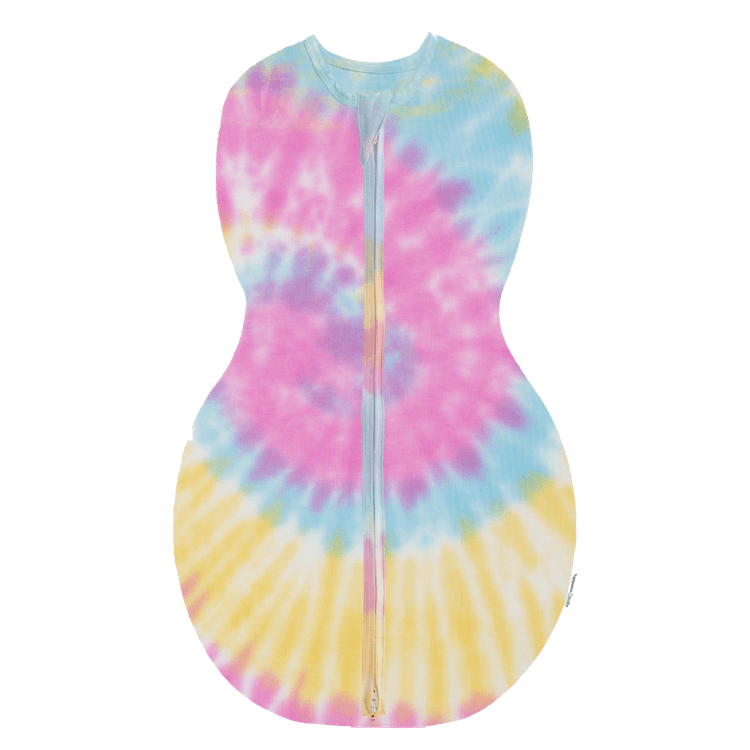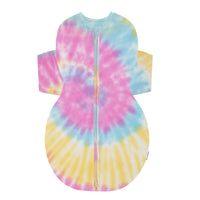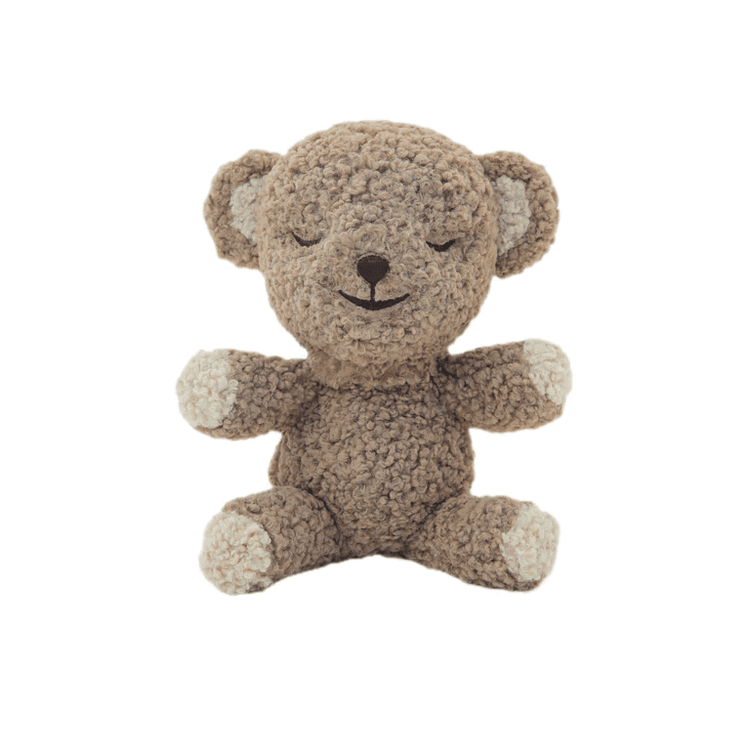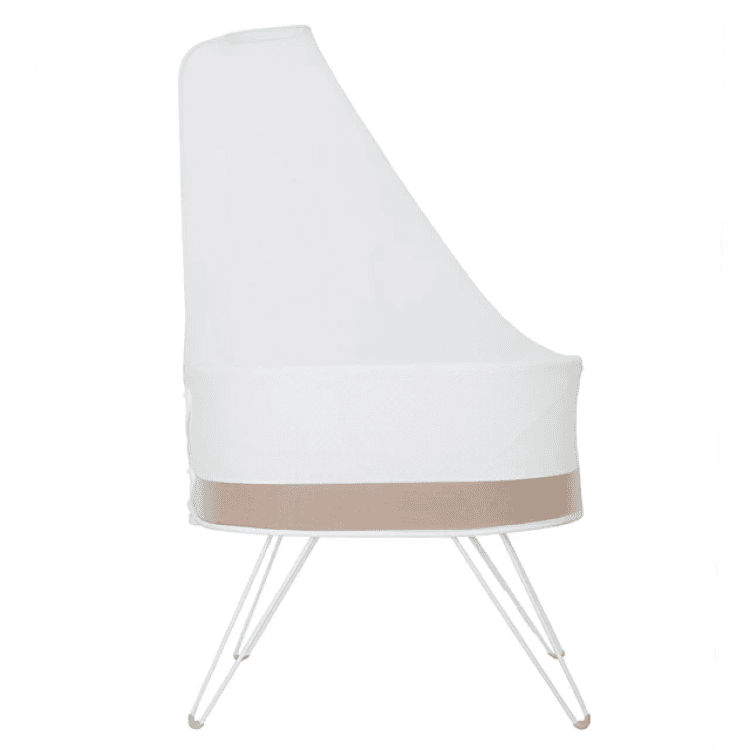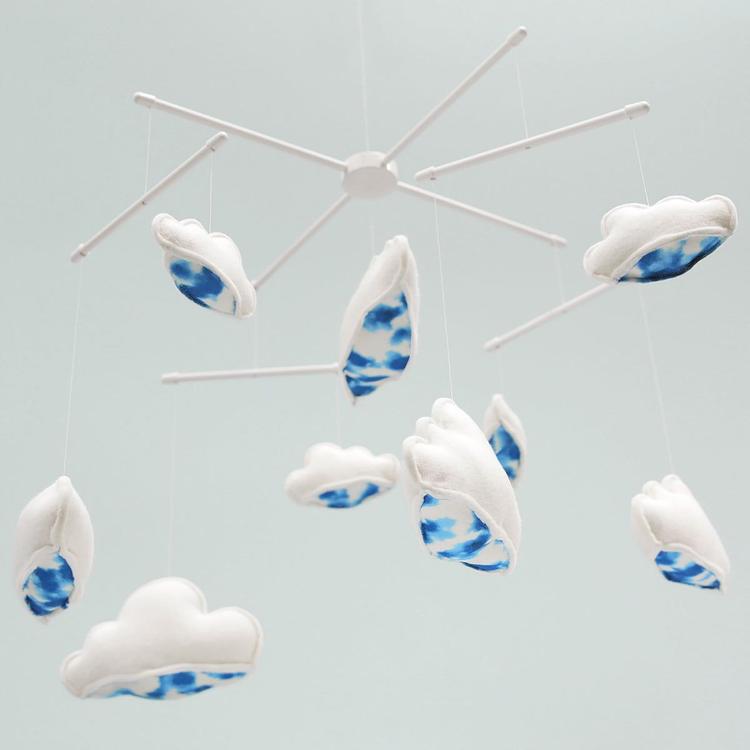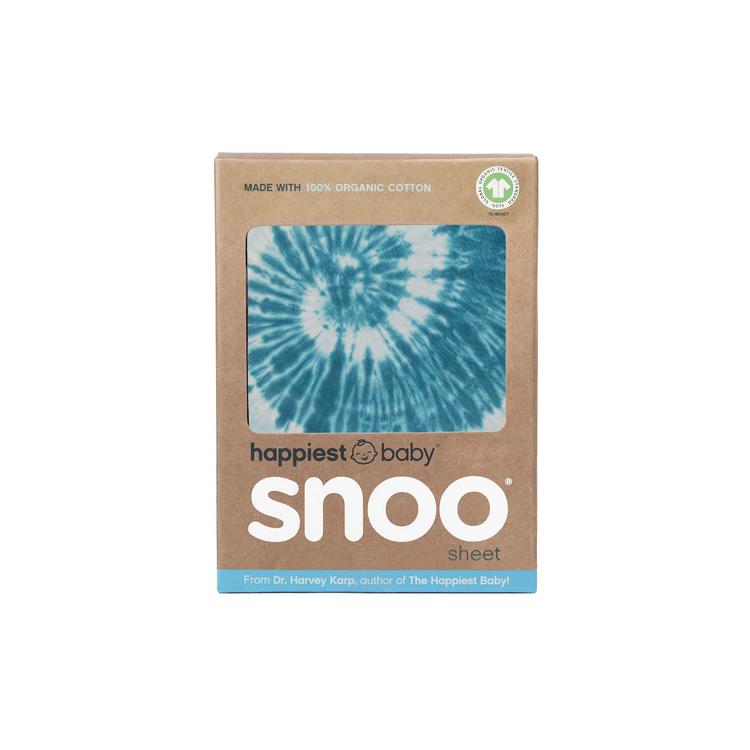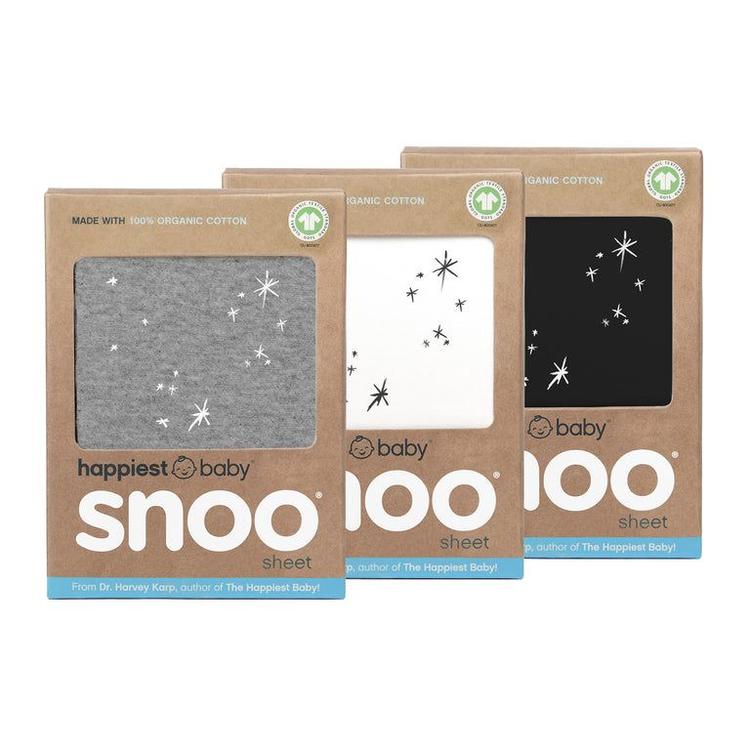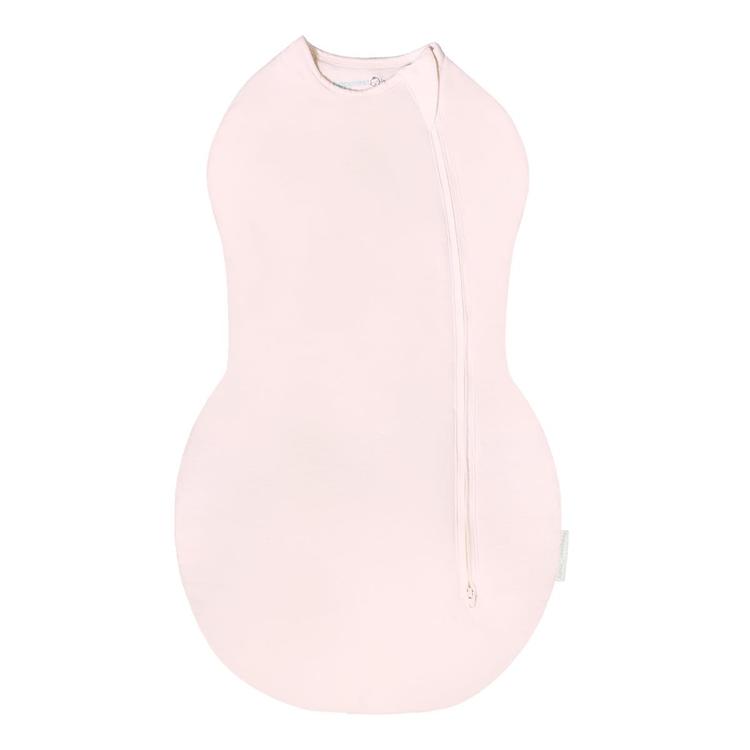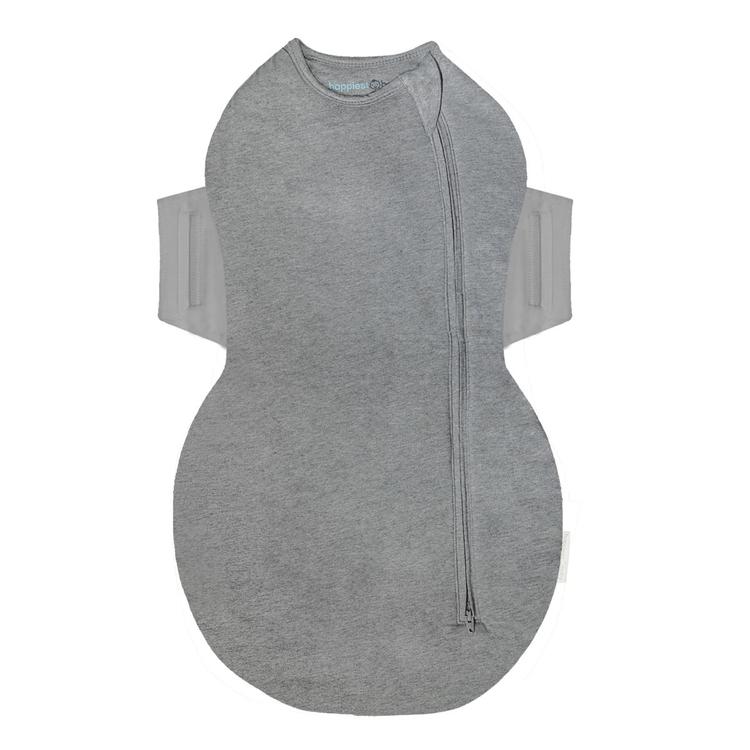BABY
Why Swaddle My Baby if it Goes Against My Gut
Swaddling a frantic baby feels pretty wrong, but please don't give up—the benefits are huge!

Written by
Dr. Harvey Karp

Many parents say that the first time they tried swaddling was a disaster. The baby struggled; they sweated; the nurse frowned. Swaddling a frantic baby feels pretty wrong… like you are forcing your poor baby to do something she hates. But I strongly encourage you not to give up. Swaddling a baby with snug wrapping is the key to peaceful days and restful nights.
Note on how to master swaddling a baby: The first 10 times you practice swaddling, do it when your baby is calm or asleep, not when she is fussy and thrashing.
Why does wrapping work so well? Here are three reasons why swaddling a baby reduces fussing:
Why do babies like swaddling?
1. Swaddling offers a sweet touch.
Skin is the largest organ of the body, and touch is our most ancient, calming sense. We all know how great the touch of our baby’s skin feels, but for babies, touch is more than a nice sensation—it is as lifesaving as milk!
Swaddling is good for babies because it is a similar experience to being carried in a sling or cuddled skin to skin, but its big advantage is that it envelops her body with a soft caress that can soothe her for hours when she cannot be in your arms.
2. Swaddling prevents spiraling out of control.
Wrapping keeps your baby from accidentally whacking herself and getting even more upset. Before birth, your uterus kept her arms from spinning like a windmill. Without those soft walls stopping your baby’s flailing arms when she is trying to sleep, small upsets can quickly escalate. (Have you noticed how much calmer your little one is when she is ‘wrapped’ in your arms?)
3. Swaddling helps babies pay attention to soothing.
Crying makes babies feel like their heads are filled with loud warning sounds. Each startle sets off another alarm. All those rapid-fire jolts cause such chaos that your infant may not even notice your attempts at comforting.
SHARE THIS ARTICLE
PARENT PICKS
Bestsellers

